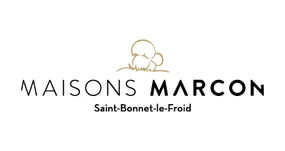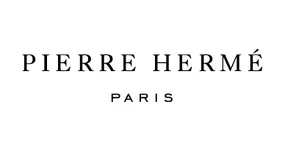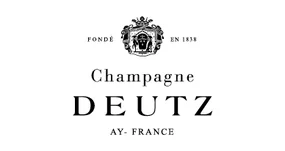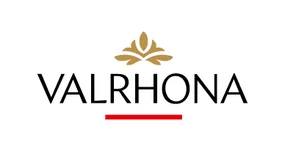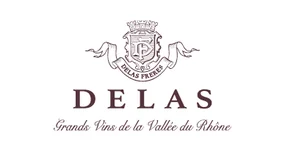Constance Festival Culinaire
ROCHE CARI
Among the list of imposed products to be used for the winning dish/recipe,
one of the pre-requisite for our Chefs is to prepare the spices in the traditional Mauritian way – by using the ‘’Roche Cari’ or ‘Ros Kari’.
But what’s a ‘Roche Cari’?
Here's an in-depth story about the traditional mortar that our Michelin Star Chefs and Constance Chefs will use during Constance Festival Culinaire.
Essential for making tasty dishes, the Roche Cari is a thick and flat rectangular mortar which holds a special place in the culinary heritage of Mauritius. It is crafted by stonemasons using tools such as hammers, chisels, sanders, and saws to work on the rocks that were readily available in the cane fields around the island in earlier days. The surface of the mortar is further traced with fine horizontal grooves, reminiscent of the lines of a school copybook, enabling it to grip the spices being crushed on it.
A newly made Roche Cari cannot be used on the same evening; for it to be in good condition for use, leaves must be crushed on it every day for 3 or 4 weeks to completely remove the dust that remains on its surface. The Roche Cari always works hand in hand with a 'baba Roche Cari’ - a small cylindrical roller of about thirty centimeters, also made from cut stone, that is used to pound, grind, and crush various condiments on the mortar.
It is believed that the Indian immigrants introduced the first Roche Cari when they first landed in Mauritius during the nineteenth century, perpetuating the handmade preparation of the masala of their homeland to which they were attached. Over the years, masala curry became a popular dish for all Mauritians, and there was a time when virtually all Mauritian families had a Roche Cari in their yard. It rested on a stand made of bricks or was fixed in concrete outside the house, often against the wall not too far from the kitchen but never inside, possibly because it had to be washed after each use, but also probably because of the strong smell of spices that emanated from it.
However, when placed outside, the flavour of the curry never failed to reach the noses of the neighbours who would sometimes look over the fence and say: "Hmm... Parfum la vantard hein ! Bon cari kot ou zordi, sirma enn cari poule dan masala sa! (Hmm... This smells so nice! You are cooking a nice meal tonight, probably Masala chicken curry!"
The Roche Cari was thus used to mix and crush various combinations of spices such as cinnamon, cloves, mustard seeds, cumin, pepper, ginger, star anise, turmeric, fenugreek, cardamom, as well as curry leaves, mint leaves, coriander, tamarind, and dried red chilies to obtain an aromatic paste that adds flavor and enhances the taste of chicken, fish, and various types of meat.
It was also regularly used to crush coconut, grilled first on a charcoal stove, which was then used to make ‘a satini coco’ (coconut chutney) to complement a fish broth or ‘a bouillon bred mooroom’ (moringa broth).
In addition to the ‘satini coco’, the Roche Cari was just as indispensable for countless other ‘satinis’ that Mauritians have always had a special liking for: ‘satini cotomili’ (coriander) to accompany their ‘dhol pouri’ or ‘gato arouille’ (taro root) on a Sunday, ‘satini sevrette sec’ (dry shrimps) to go with the ‘faratha’, ‘satini poisson salé’ (salted fish), ‘satini bomli’ (bombay duck), ‘satini lapo pipangaille’ (sponge gourd), ‘satini mangue’ (mango), ‘satini dhal’ (dhol)...
Among Muslim families, it was customary during Eid celebrations or when there was a wedding in the family to crush henna leaves on the ‘Roche Cari’ to make ‘Mehendi’ (henna) that girls wore on the palm of their hand and on their feet as decoration.
The Roche Cari is such a core part of our cultural identity. Many Mauritians who own a Roche Cari value it as a treasure. Some of them have been using one that they have in their possession for more than forty years and that has been passed on from mother to daughter or mother-in-law to daughter-in-law.
Like a good wine, the baba Roche Cari that has been around for a long time becomes better with age and develops an easily noticeable dark colour. Most Mauritians will tell you that "masala crazé lor ros kari pli bon” (masala crushed on the Roche cari is much better)." The Roche Cari forms part of a culinary heritage left behind by our ancestors and holds a special place in the hearts of Mauritians.
We are pleased to have the opportunity to share our cultural heritage with the world; this 17th edition of our annual food festival, Constance Festival Culinaire will be no less as we begin our culinary festivities (almost as a ritual) with a traditional presentation of the Roche Cari at 09h00 in the main kitchen of Constance Belle Mare Plage on the 11th of March 2024.
Author credit: In collaboration with Nanda Pavaday

